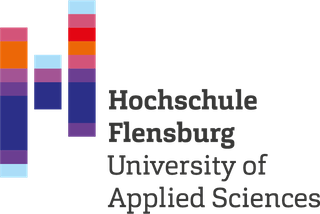The Future of Geographic Information Displays from GIScience, Cartographic, and Cognitive Science Perspectives
Thrash, T., Lanini-Maggi, S., Fabrikant, S. I., Bertel, S., Brügger, A., Credé, S., … Richter, K.-F. (2019). The Future of Geographic Information Displays from GIScience, Cartographic, and Cognitive Science Perspectives. In 14th International Conference on Spatial Information Theory : (Bd. 142, S. 1–19). http://doi.org/10.4230/LIPIcs.COSIT.2019.19
